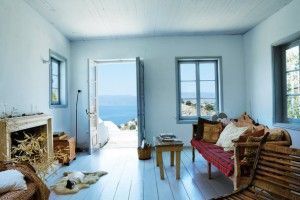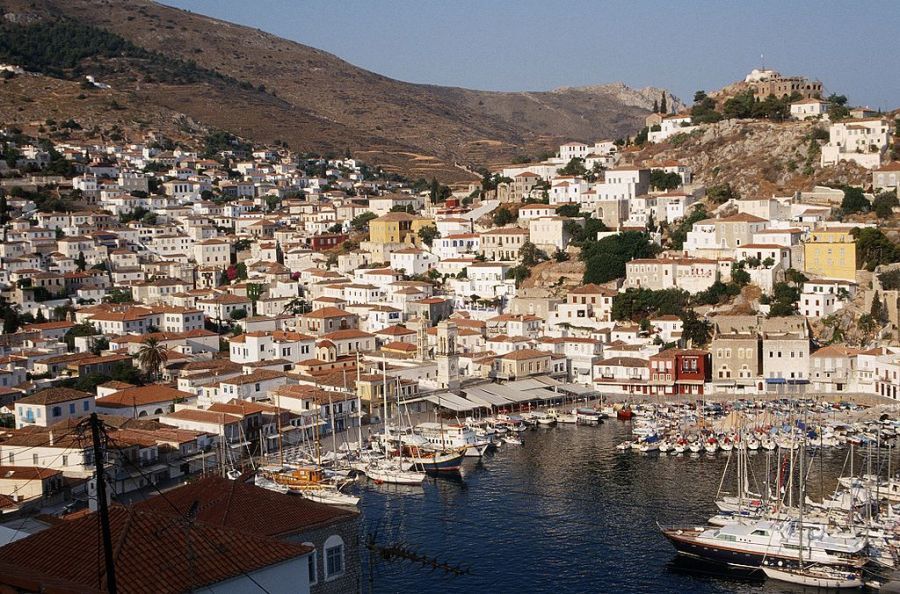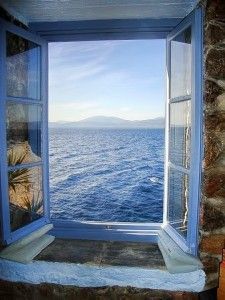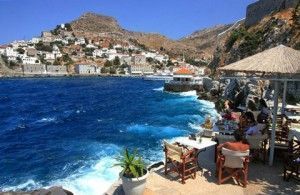New York Times Special: Hydra, The Island Of Artists
“The sun-soaked island of Hydra has long inspired artists and intellectuals from Henry Miller to Leonard Cohen, and even today with the influx of art stars and yachting billionaires, its unspoiled charm remains intact.”
This is how a New York Times’ special on Hydra and the people who live there and love the island, begins. The article was published recently in the New York Times’ “T Magazine.”
British journalist Lawrence Osborne visited Hydra last summer, invited by his friend Dakis Joannou, a billionaire Greek art collector.
The Greek art collector refers to Hydra with much affection: “I’ve been coming here for years. Only 2,000 people live here year-round, but in the summer it’s quite a scene. It’s one of the most haunting of the Greek islands. Outside of this port, it is virtually wild… I love Hydra, it’s one of those places — one of the magical places.”

Photograph by Alexia Silvagni. Produced by Konstantin Kakanias. The living room of Brice Marden’s former home, now lived in by his daughters, with a dog sculpture by the artist Cathie Pilkington in front of the fireplace.
As Mr. Osborne informs, Hydra has always been a place where artists visit: Henry Miller was enchanted in 1939 and Leonard Cohen in 1960, while American painter Brice Marden still owns a house on the island.
Hydra is an island that attracts Greek painters such as Athenian artist Nikos Hadjikyriakos-Ghikas who lived there for many years. “His paintings of the island in the 1930s, inspired by Hydra’s Cubist-like houses, helped put modern Greek art on the map,” Mr. Osborne notes.
Poets also have a soft spot for Hydra, such as George Seferis who sang the praises of Hydra:
Dolphins banners and the sound of cannons.
The sea once so bitter to your soul
bore the many-colored and glittering ships
it swayed, rolled and tossed them, all blue with white wings,
once so bitter to your soul
now full of colors in the sun.
However, for Mr. Osborne himself, Hydra means two things: “…a few pages in Miller’s travelogue ‘The Colossus of Maroussi’ and the place where Patrick Leigh Fermor wrote most of his equally sublime ‘Mani: Travels in the Southern Peloponnese’ half a century ago, also in Ghikas’s villa.”
The journalist notes that Hydra is a small island where everyone knows each other, but at the same time is quite intimate.
Mr. Osbourne does not neglect to refer to Greece’s renowned sea captains of the revolution of 1821: Tombazis, Voulgaris, Miaouliss, Tsamados. “After 1750, the island became a serious maritime power — in fact, the naval arm of the Greek rebels in the war of independence against the Ottoman Empire, which began in 1821, was largely Hydriot,” the journalist notes.
On his last night on the island, Mr. Osborne walked the island’s white streets at 2 am and comes to realize that Hydra is a place where one can enjoy good conversation, with a good crowd. “It had probably reminded both Miller and Cohen of something that they had lost as well, even decades ago — the human scale,” he concludes.
To read the whole New York Times’ special, press here.







